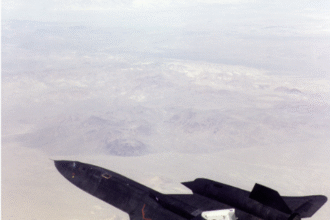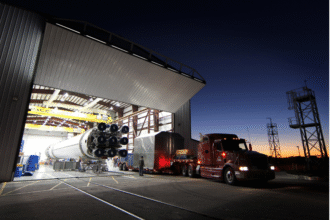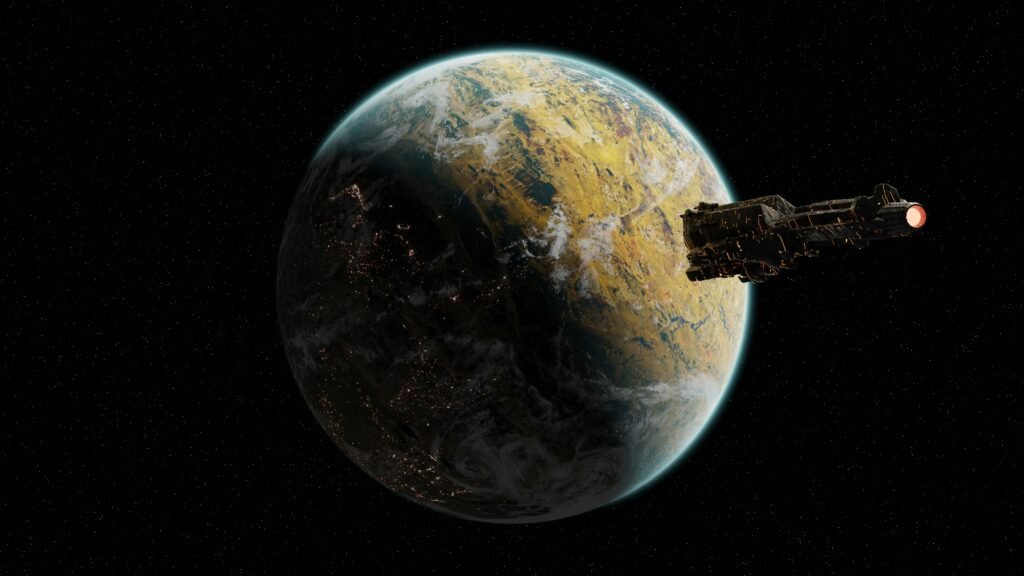
Space is not like Earth. It has no air, no gravity, no weather, and no sound. It is a vacuum, which means it’s empty. Yet, we send spacecraft into space, and they travel millions of miles, take pictures, and even land on planets. So, how is this possible? Let’s explore how spacecraft work in the vacuum of space, and how scientists from NASA and other US and UK space exploration teams make it happen.
What Is a Vacuum?
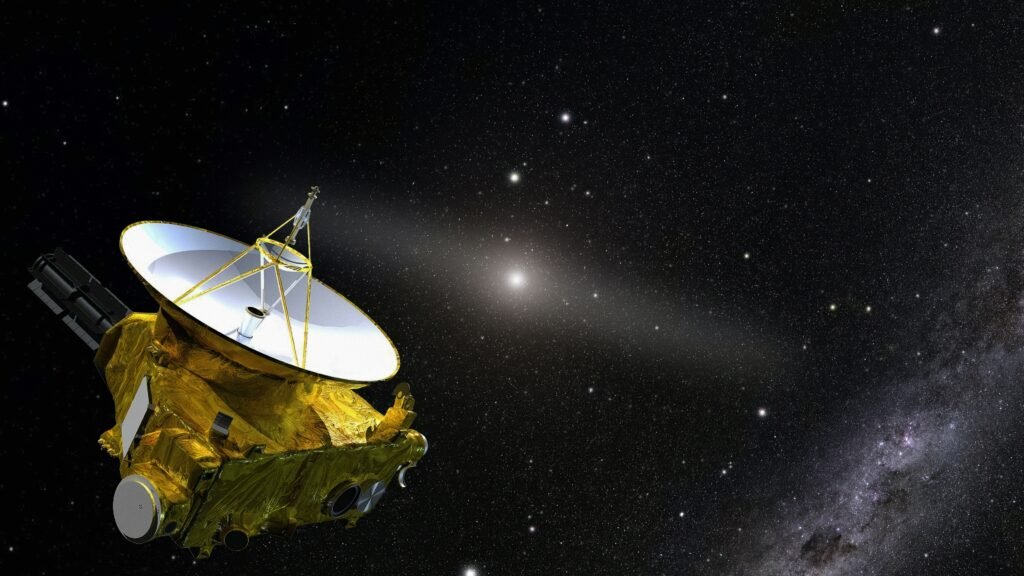
A vacuum means there is no air or matter. On Earth, we are surrounded by air that helps us breathe and helps things move. In space, there’s no air at all. That means:
- No oxygen to breathe
- No air pressure
- No sound
- No wind or weather
Because of this, spacecraft must be specially designed to work in these extreme conditions.
How Do Spacecraft Move in a Vacuum?
You might think things can't move without air to push against. But in space, movement follows Newton’s Third Law: For every action, there is an equal and opposite reaction.
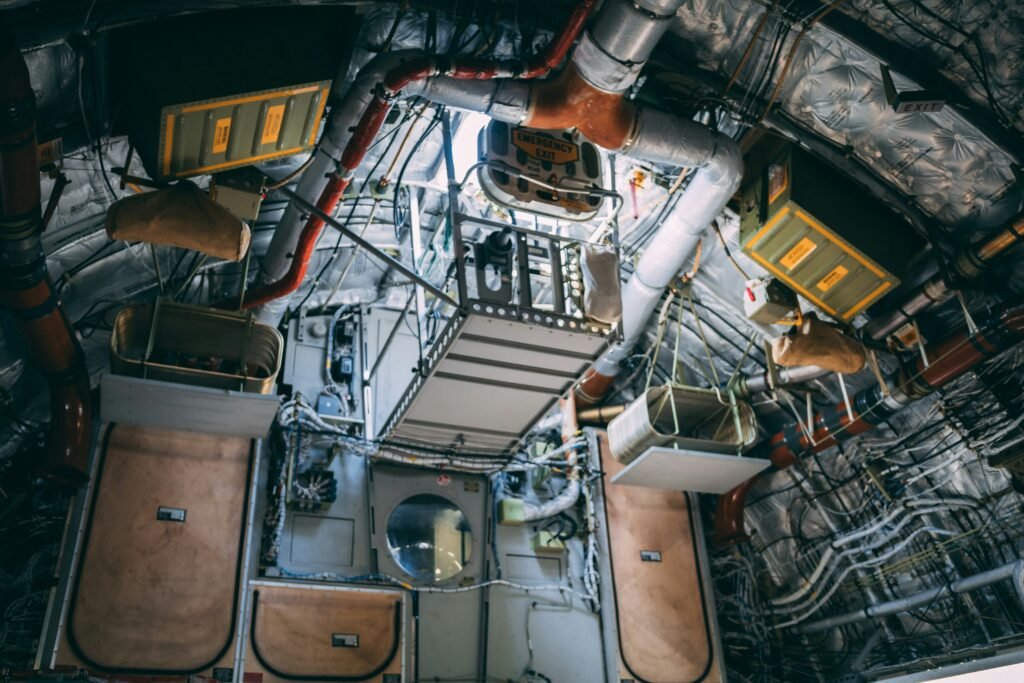
Spacecraft use rockets or thrusters. When they fire gas or fuel out in one direction, the spacecraft moves in the opposite direction. This allows them to speed up or slow down, or change direction, even though there is no air in space. Once moving, a spacecraft can keep going for a long time without using much fuel, because there’s no friction to stop it.
How Do Spacecraft Get Power?
Since there’s no electricity in space, how do spacecraft get power?
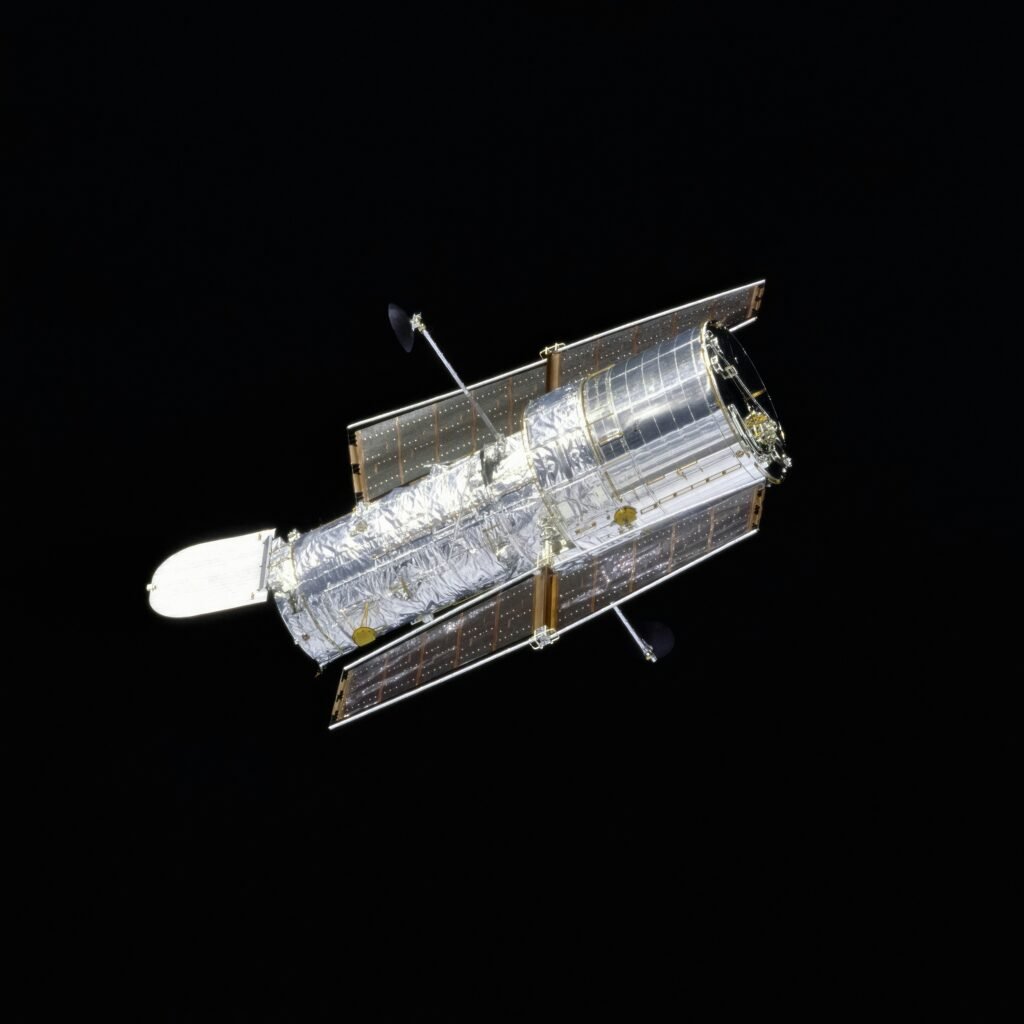
- Solar Panels: Most spacecraft use solar panels to collect sunlight and turn it into electricity. This power runs the lights, computers, and scientific tools.
- Batteries: They store energy for when the spacecraft is in the dark or behind a planet.
- Radioisotope Generators: For long missions far from the Sun, some spacecraft use small nuclear systems that make electricity using heat from radioactive materials.
How Do Spacecraft Survive Extreme Temperatures?
In space, one side of the spacecraft can be very hot from the Sun, and the other side can be cold. There is no air to spread the heat, so the difference can be extreme.
To stay safe:
- Insulation: Special layers keep heat in or out.
- Heaters: Keep parts of the spacecraft warm when it’s too cold.
- Radiators: Let out extra heat when it gets too hot.
All of this is part of modern space tech design.
How Do Spacecraft Communicate?
Since sound doesn’t travel in space, spacecraft use radio waves to send messages to Earth. These signals are received by huge antennas on Earth, like those in NASA’s Deep Space Network.
Even from millions of miles away, these signals can reach Earth, although it may take minutes or even hours to arrive. The spacecraft’s system must be strong enough to send and receive signals.
How Spacecraft Navigate in Space
Spacecraft don’t have roads or signs. Instead, they use special tools to find their position:
- Star Trackers: Small cameras that look at stars and compare them to a star map.
- Sun Sensors: Show where the Sun is in space.
- Gyroscopes: Help the spacecraft stay balanced and know its direction.
These tools work together with computers to keep the spacecraft on the right path.
How Are Astronauts Kept Safe?
If people are on the spacecraft, it must support life in the vacuum. This includes:
- Oxygen to breathe
- Clean, filtered air
- Water and food
- Toilets and waste systems
- Temperature control
- Radiation protection
Even small problems in space can be dangerous. That's why Spacecraft with astronauts are tested many times. You can also follow space survival news to learn how astronauts stay safe.
Spacecraft Failures: What Happens?
Spacecraft are built to be very strong and dependable. But space is tough, and Spacecraft parts can sometimes stop working. That’s why:
- The spacecraft has backup systems.
- Engineers can send new commands from Earth.
- Astronauts are trained to fix problems.
- Some spacecraft use AI to handle issues without waiting for Earth’s help.
Top Spacecraft That Works in Space’s Vacuum
Many amazing Spacecraft have worked well in space, including:
- Voyager 1 and 2: Still sending data after 40+ years
- Hubble Space Telescope: Takes sharp images of deep space
- Mars Rovers, Like Curiosity and Perseverance, are exploring Mars
- International Space Station (ISS): A giant lab orbiting Earth with humans on board
The Future of Spacecraft in a Vacuum
Spacecraft are getting smarter and stronger. In the future, we may see:
- Reusable spacecraft
- Electric or ion propulsion
- Spacecraft that build themselves
- Robots that repair other machines in space
- Deep space travel to Mars and beyond
Final Thoughts
Space may be silent and empty, but our spacecraft is full of technology, power, and intelligence. From their engines to their solar panels, every part is built to survive where nothing else can.
By learning how spacecraft work in space vacuum, we also learn about how smart engineering can overcome even the difficult challenges they face. Whether you're building a model, watching a rocket launch, or dreaming of working for NASA, remember every big mission begins with small knowledge.





